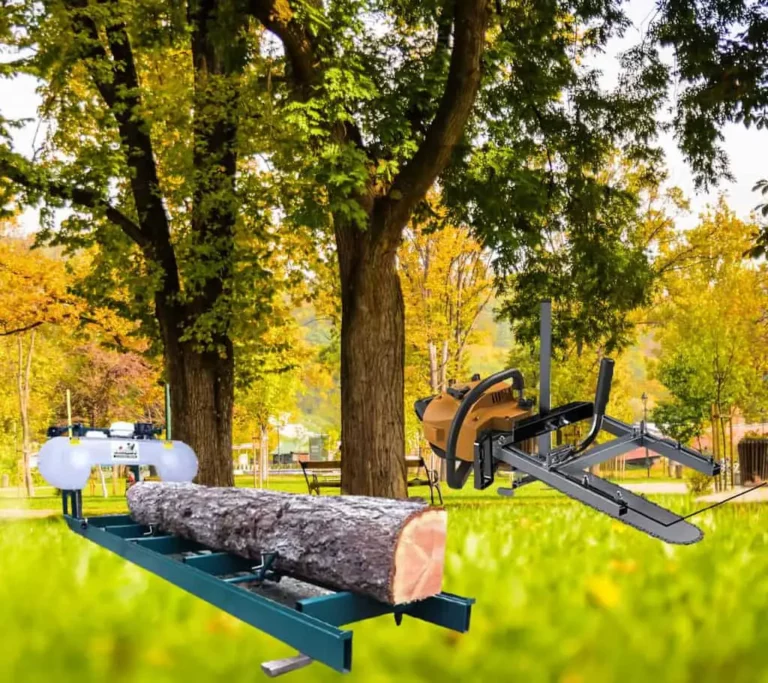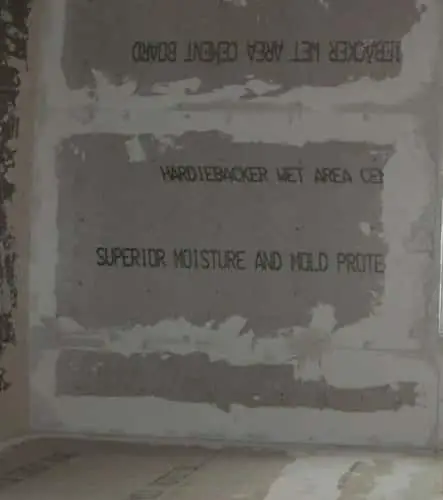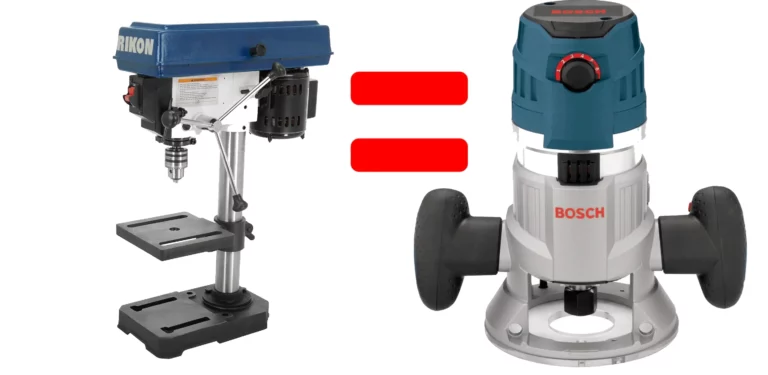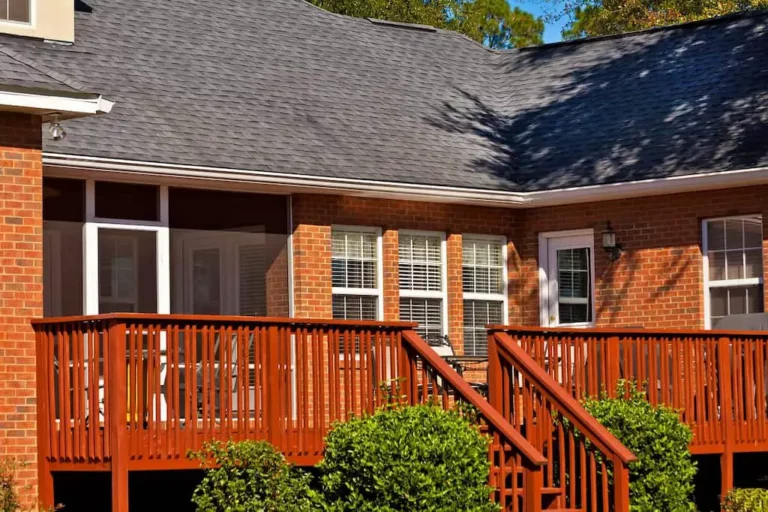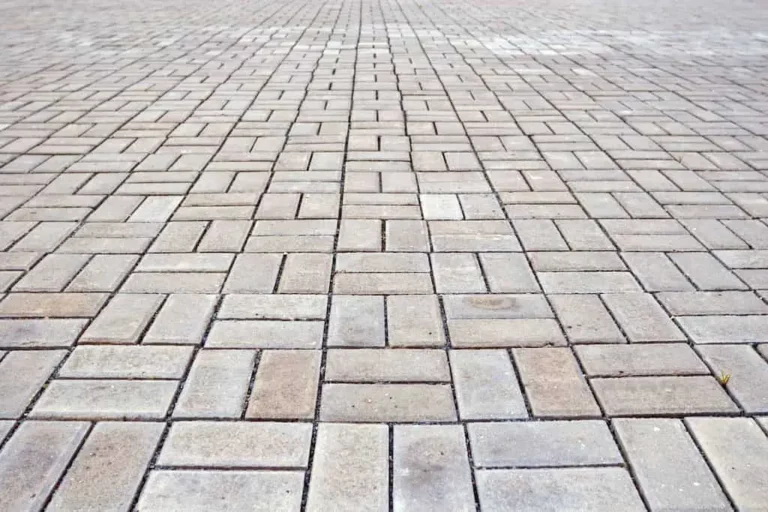What Is the Most Durable Backsplash?
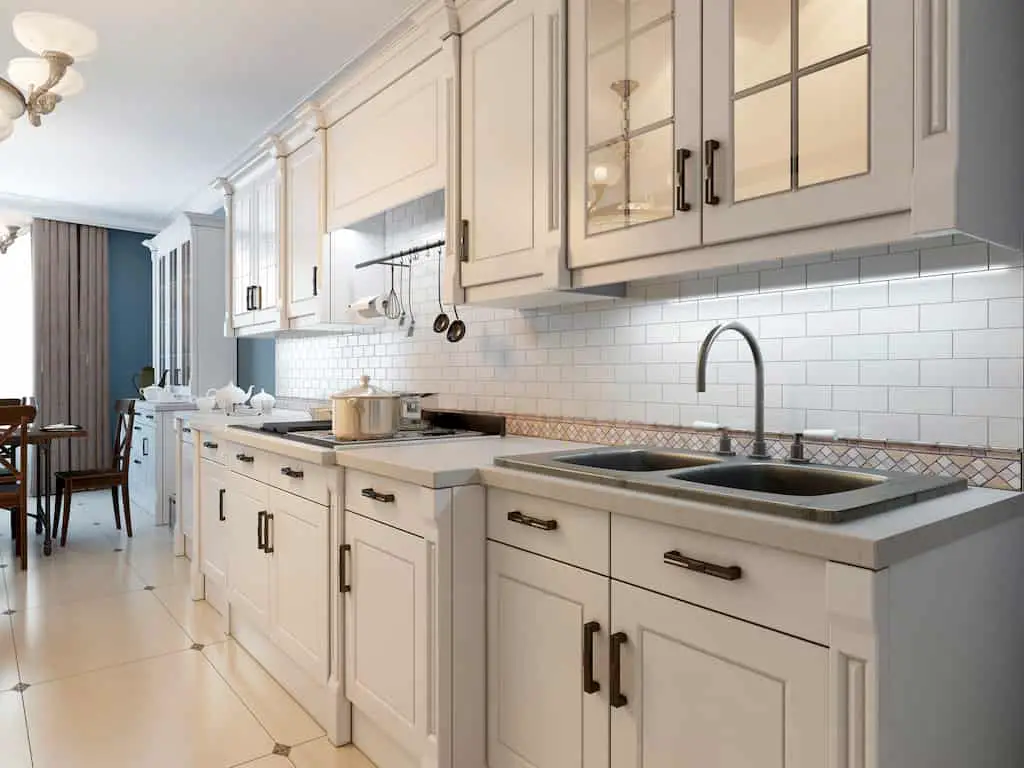
A backsplash is a crucial aspect of any kitchen as it protects the walls and surfaces against spills during cooking. As a result, grease and other harsh stains are kept away from the surfaces. However, since there are many varieties of backsplash with different advantages, you may wonder which backsplash is the most durable.
The porcelain tile backsplash is the most durable variety of backsplash. It’s easy to keep clean and lasts for decades after installation with little maintenance or repairs. Ceramic and glass backsplashes are also durable but won’t last for as long as porcelain tile backsplashes.
Keep reading to learn more in detail about which variety of backsplash is best for your property and how long you can expect your backsplashes to last. You’ll also learn about the advantages of various standard backsplashes and some alternatives to traditional backsplash building materials.
How Long Will Porcelain Tile Backsplashes Last?
As mentioned earlier, porcelain tiles are the most durable backsplash material. They can easily withstand long periods without losing their color or aesthetic appeal. This is one of the main reasons for the popularity of porcelain tiles, but just how long will porcelain tile backsplashes last?
Porcelain tile backsplashes will last for decades after the initial installation. If the porcelain tiles were installed correctly, they’d remain vital for a long time. Porcelain tiles are heat-resistant, and they don’t lose their color or warp when wet. That means they’re incredibly long-lasting.
Porcelain tiles are often replaced every decade or so by homeowners. It’s not because of deterioration; it’s because the homeowner wishes to have a new kitchen installed that meets modern fashion trends. Porcelain tiles are rarely replaced due to deterioration in quality.
Ensuring that your porcelain tile backsplashes receive the proper maintenance is essential in prolonging the backsplash’s lifespan. Luckily, the maintenance of porcelain tiles is to simply wipe them clean with soapy water or a multi-surface cleaner.
Porcelain Tile Backsplash Disadvantages
Porcelain tiles are one of the most common varieties of backsplashes that you’ll find. These tiles are chosen because they’re stylish, beautiful, robust, and durable. However, you may wonder if porcelain tiles have any drawbacks when used for backsplashes.
The main disadvantage to choosing porcelain tiles for your backsplash is the high price. Porcelain is expensive, especially when compared to alternatives such as ceramic or glass. It’s also prone to chipping and cracking when poorly installed or hit with force.
While porcelain tiles can chip and break, they’re far less prone to do so compared to glass or ceramic. Therefore, the only main drawback to choosing porcelain tiles for your backsplash is the high cost of materials.
While the initial cost of installing porcelain tiles is high, the durable and long-lasting material can be cost-effective in the long run. That’s because once your porcelain tile backsplash has been installed, you won’t have to pay for any maintenance or repairs for a significant amount of time.
What Types of Backsplashes Are the Easiest To Clean?
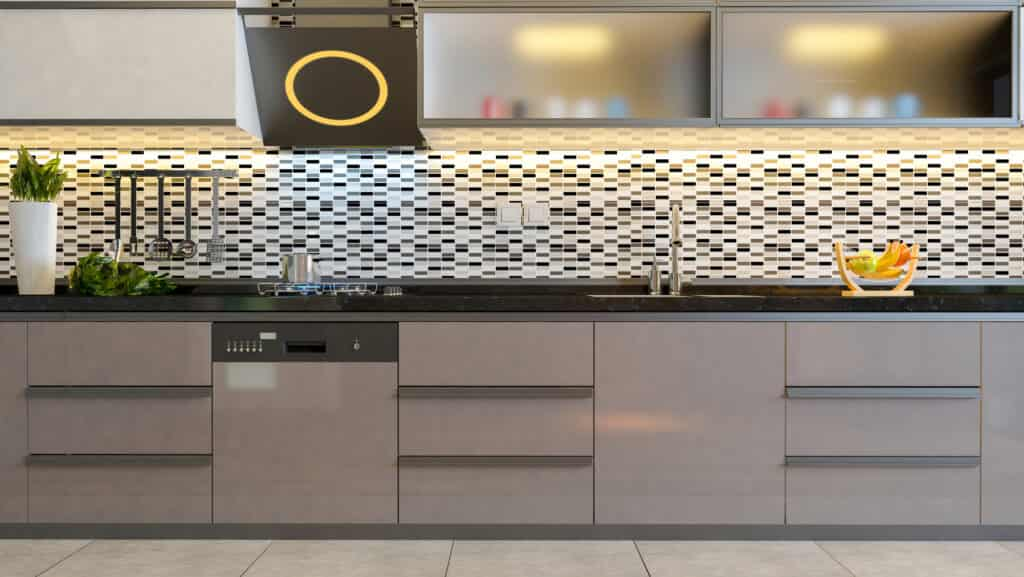
Porcelain tile backsplashes are the toughest and most durable of the backsplash materials. But durability isn’t everything; convenience is also a significant advantage. You may want to look for easy-to-clean backsplashes.
So which backsplash can save you the most time and hassle during cleaning?
Metal, porcelain, ceramic, and glass backsplashes are the easiest to clean. They don’t require any unique treatments, and stains can easily be removed from them.
The backsplashes listed above are all non-porous material. As a result, you won’t see small holes on their surfaces. That means no small amounts of food or grease can get trapped within the tiny holes, causing discoloration and making cleaning a challenge. The result is an easy to wipe clean surface.
Choosing a backsplash that’s straightforward to clean is an excellent way of saving a considerable amount of time. For example, if your backsplash takes one hour to clean every week, that’s 52 hours per year or over two days. At the same time, a backsplash that takes 15 minutes to clean will only take up 13 hours per year or a little over half a day.
Peel-and-Stick Tiles Are the Easiest To Install
Different types of backsplashes require different types of installation. Tile backsplashes require a group behind them to bid them to the wall, while other backsplashes may be held in place with brackets. So, which backsplash material is the easiest to install in your kitchen?
Peel-and-stick tiles are the most accessible tiles to install in your home. These tiles are equipped with an adhesive back that can easily stick to surfaces. You can easily arrange and design your tile backsplash and install it as a DIY job due to the easy installation of peel-and-stick tiles.
Peel-and-stick tiles are also a budget-friendly option with tonnes of room for creativity. You can choose tiles and patterns that suit your kitchen, and you can put them in place yourself without professional help.
Since you don’t have to hire a contractor to install these tiles, you save a fortune on labor expenses. You can also have complete control of the design and the installation, so the job will be done to suit your preferences.
Peel-and-stick tiles also come in a renter-friendly variety that can easily be removed from walls without causing damage. You can also remove these tiles and rearrange them to give your kitchen a new look. However, peel-and-stick tiles are prone to breaking and falling off, especially when exposed to high temperatures.
Ceramic Tile Backsplash Advantages
Now that I’ve covered the benefits of using porcelain tiles for your backsplashes, it’s time to explore some of the other commonly used materials. Ceramic is another popular choice for backsplashes, but why do people use ceramic tiles for their backsplashes?
Ceramic tiles are strong and durable, with a non-porous surface that prevents germs from forming. They’re also cheap to buy and install. Ceramic backsplashes require very little maintenance and come in various colors and designs to suit your property.
What Are the Benefits of Glass Backsplashes?
Another common choice for kitchen backsplashes is glass. People can choose to have either a glass sheet or glass tiles mounted to the wall behind a stove. You may wonder at this point, why do people choose glass over other building materials for their backsplash?
The benefits of glass backsplashes are the cheap, easy to clean, and durable nature of glass. On top of this, glass backsplashes offer homeowners a unique and modern finish. Glass backsplashes are similar to ceramic backsplashes in nearly every way except style, as glass tiles are transparent.
If you like transparent tiles for your backsplash that are affordable and easy to clean, you may want to consider glass backsplashes.
Should You Invest in the Most Durable Backsplash?
You should invest in the most durable backsplash if you want something durable and long-lasting, especially if you don’t plan to change your backsplash a decade from now. Porcelain backsplashes are the most durable ones, but they don’t come cheap.
If you know that you may want to upgrade your backsplash someday, perhaps consider cheaper options, like glass and ceramic.
Final Thoughts
Backsplashes are critical features in your kitchen that protect your walls against spills, grease, and high temperatures that are inevitable when using a stove.
Porcelain tiles are the most durable material commonly used in backsplashes. They’re solid and secure when adequately installed; however, they may chip or break when improperly installed. Ceramic and glass are also durable backsplash materials.
Ceramic tiles and glass tiles are cheaper than porcelain; although, they’re more prone to wear and tear. Some homeowners choose metal for their backsplashes, but this can be expensive and may not fit some people’s property aesthetics.
